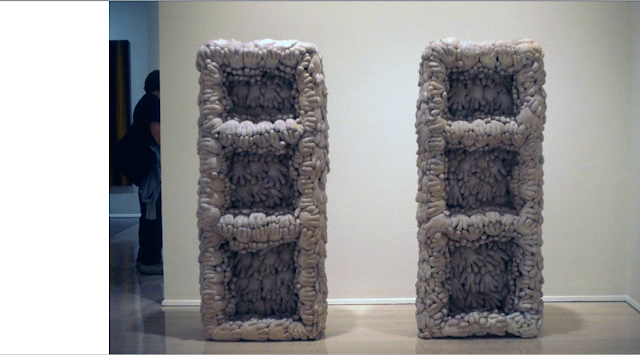Tuesday, July 9, 2013
Carving
Low Relief Sculpture
Manipulated Photography
Portrait Photography
Instant Collage
Friday, July 5, 2013
Woodcut
Collage
Oil Paint
Encaustic
Wood Engraving
Etching
Saturday, June 29, 2013
Scale and Proportion
Visual Movement
Contrast/Variety
Repetition/Rhythm
Emphasis
Asymmetrical Balance
Thursday, June 20, 2013
Frottage
Impasto
Intermediate Color Scheme Palette in an Artwork
Primary Color Palette in an Artwork
Cross Hatching
Hatching
Saturday, June 15, 2013
Forshortening
Visual Overlapping
Friday, June 14, 2013
Expressive Lines
Contour Lines
Implied Lines
Outlines
Saturday, June 8, 2013
Abstraction
Iconoclast
Friday, June 7, 2013
Icons
Nonrepresentational Art
Representational Art
Subject Matter vs. Content
Thursday, May 30, 2013
The Meaning of Kitsch
The Meaning of Aesthetics
Role of Being an Artist Rule 4
Role of Being an Artist Rule 3
Roles of Being an Artist Rule 2
Roles of Being an Artist Rule 1
Subscribe to:
Comments (Atom)







_Bridal_Spell.png)



































